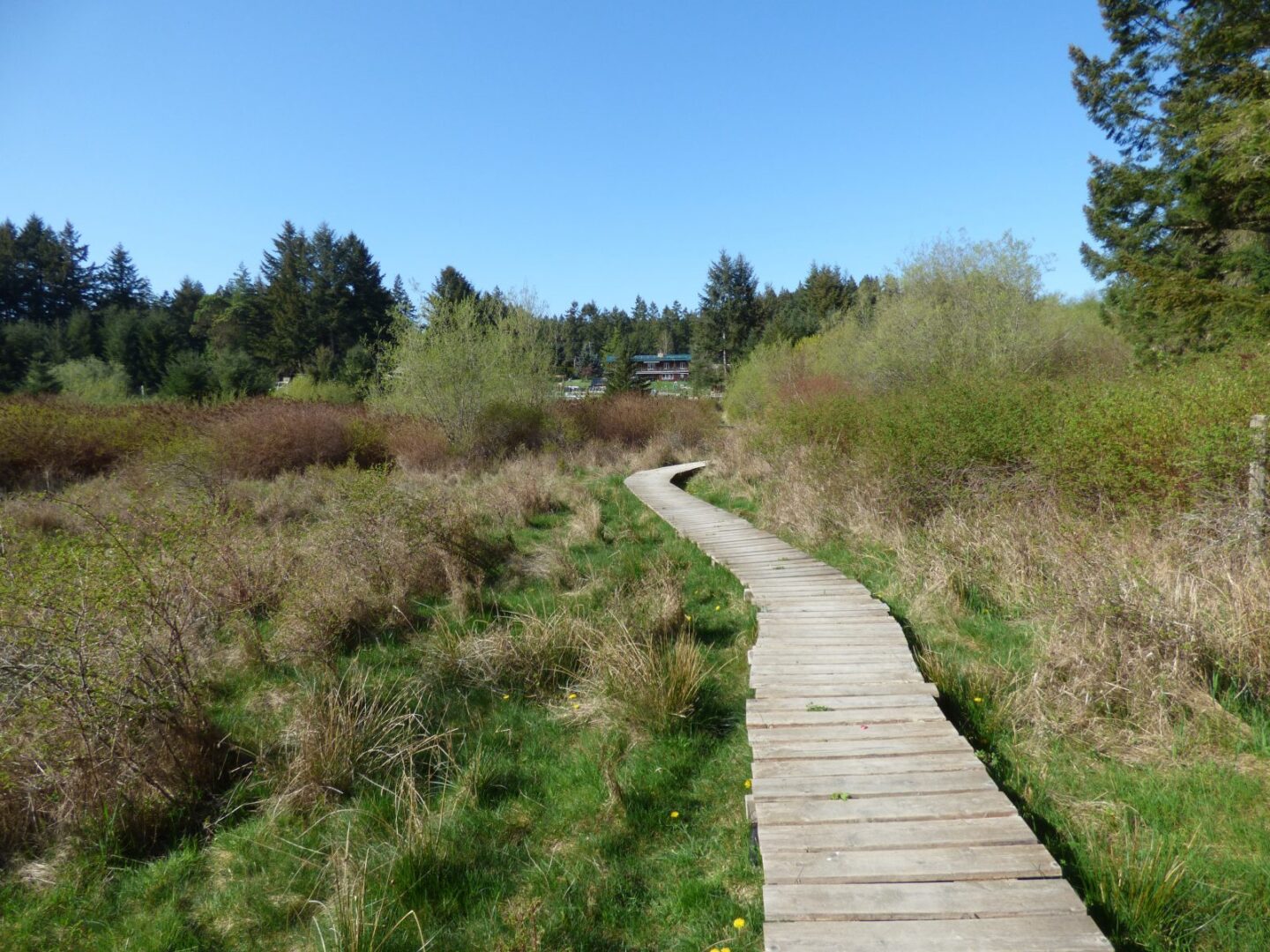No major changes to Canadian Environmental Protection Act until 2020, feds say
We’d spent the last year anxiously waiting to hear whether federal Minister of Environment and Climate Change Catherine McKenna would take action to strengthen Canada’s cornerstone environmental law, the Canadian Environmental Protection Act, 1999 (CEPA) before the next election. After all, we told her, the outdated law was in dire need of an overhaul.
Despite being regularly reviewed, CEPA has not been substantially updated in almost 20 years. We need to look no further than Canada’s failure to regulate air quality standards and emissions from refineries in areas like Sarnia’s Chemical Valley — and the toxic burden members of the Aamjiwnaang First Nation have been forced to bear — as an example of the law’s lacklustre ability to protect people from harm.
That’s why when the legislation was required to be reviewed, we saw an opportunity to bring it in line with 21st century science and environmental law principles. We’ve provided feedback, submissions and met with parliamentarians and government officials all in the hopes of persuading government to deliver critical legal reforms to protect human health and the environment from toxic chemicals and pollution.
Late last month, we got our answer from Minister McKenna: There will be no bill to amend CEPA until “as soon as possible in a future parliament”. Needless to say we are very disappointed to hear that Minister McKenna has decided not to modernize the law during this parliamentary session, but we remain hopeful that a future government, whichever party may form it, will.
But that’s not to say that all is lost.
After participating in the 15 month-long review, we’re happy to say that the Standing Committee got our message. Its report, tabled last year, included 87 substantial recommendations to improve the Act and its implementation — among them was a call for CEPA to formally recognize your right to a healthy environment.
Together with our allies, we fiercely advocated for reforms that would ensure CEPA adequately protects human health and the environment. And supporters like you helped too. You made sure your MP knew that you wanted to see meaningful updates made to CEPA that would help reduce toxic pollution, protect our communities, and enshrine your right to a healthy environment in federal law. In May, more than 10,000 Canadians signed a House of Commons petition demanding government pass legislation to modernize CEPA.
While we will be waiting a while longer to know for sure what will come of the Standing Committee’s recommendations, we are cautiously optimistic that a future government will grasp the importance of including the recognition of environmental rights in CEPA.
In addition to outlining a roadmap to deliver comprehensive reforms, Minister McKenna’s response also recognized that Canadians want to see the right to a healthy environment enshrined in federal law and policy, and committed to further study the issue during the next two years.
Environmental rights can’t wait
As many of you know, we’ve advocated strongly for your right to a healthy environment over the years. Ecojustice and the David Suzuki Foundation are partners in the Blue Dot Movement, a national campaign to advance the legal recognition of every person in Canada’s right to a healthy environment. Since 2014, thousands of Canadians have mobilized to urge their governments to take action in support of environmental rights. To date, 160 municipalities across Canada have passed declarations in support of the right to a healthy environment.
And while it might seem like a novel concept, in last 50 years, recognition of the right to healthy environment has spread faster than any other human right in the world.
Canada, however, is not one of the more than 150 countries that recognize peoples’ legal right to a healthy environment at the federal level. And our current patchwork of environmental laws and weak regulatory standards mean that the troubling pattern of disregard for environmental justice will persist and vulnerable populations will continue to disproportionately bear the burden of pollution-related impacts.
Until Canada enshrines this right in our Charter of Rights and Freedoms or introduces legislation that recognizes that we all have a legal right to a healthy environment, it is crucial for the environmental laws we already have, like CEPA, to fill this gap. This way, decisions made under those laws will reflect and protect this fundamental human right.
CEPA is the backbone of much of the work we do in the Healthy Communities program at Ecojustice. We need it to be strengthened so we have a world class toxics law that ensures polluters are held to account, toxic chemicals are kept out of our homes, and all Canadian communities and vulnerable individuals are equally protected from toxic chemicals and pollution.
We will continue to work hard to ensure the federal government lives up to its promise to engage communities on the issue of environmental rights, and ultimately recognizes your right to a healthy environment in law.




